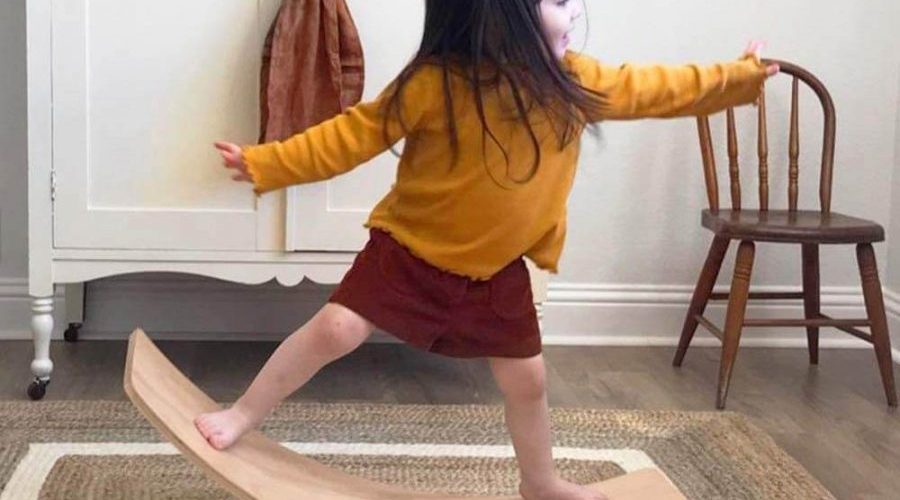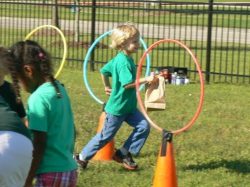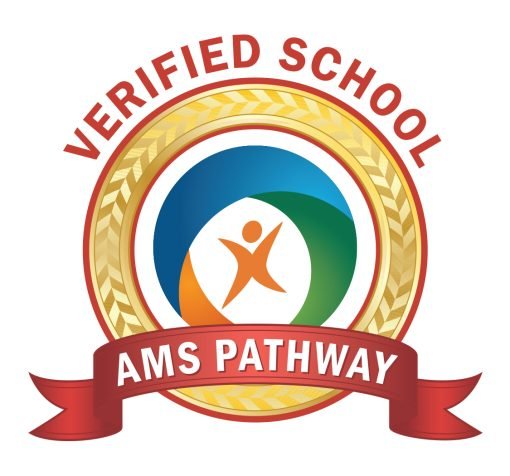Movements, or motor skills, are essential to the development and learning of the ‘whole child.’ In Montessori classrooms, children have the opportunity to move about freely. It is not only a means for developing a child’s fine and gross motor skills but also because movement enriches the learning experience and turns the brain ‘on’ for learning!
When you visit a Montessori classroom and observe children’s movement, notice the activity is not unstructured or chaotic. Instead, the movement is purposeful, independent, orderly, coordinated, concentrated, and mindful.
Motor Skill Development Examples
- Moving throughout the classroom
- Restoring the room after an activity
- Playing a musical instrument
- Finding balance with gravity
Why Are Motor Skills Important?
Movement is incorporated into every aspect of a child’s learning. Maria Montessori recognized the child’s need for movement and understood how vitally important it was for the child to be an active, not passive, learner. This is why Montessori materials are concrete and didactic, and why the classroom is arranged to support the child’s freedom to move.
First, children can choose their own ‘work’ or activity from a shelf. Children can map out their classroom very early on, remembering small details and exactly where each piece of work belongs.
Once a child decides which work to use, the material is carried to their workplace of choice, either on a work rug or table. This process sounds simple, but young children must first learn about their bodies in relation to space. Navigating around tables, rugs, and classmates requires spatial awareness and balance. Children carrying ‘tray work’ are learning how to balance work on the tray while walking. They are also learning about gravity – what happens to the material when the tray is not carefully balanced!
The guide then gives the child a ‘lesson,’ naming the material and showing how to use it appropriately. Montessori materials are didactic, scientifically designed, and self-correcting. Each material has a direct and in-direct aim or purpose. Once the lesson is given, the guide steps back to observe, giving the child space to explore, without interruption, through a process of discovery! Children often repeat the activity repeatedly until they have reached a level of satisfaction and understanding. Once children reach this level of knowledge, they experience pure joy and have complete ownership of their learning!
Each work involves a process and follows a sequence. When the child is finished working with an activity, there is another process and series of steps involved in restoring and returning the work to the shelf, ready for the next child to use. Often, this includes drying wet surfaces, replenishing used materials, cleaning the workspace, rolling a rug, sweeping or mopping the floor, and several trips back and forth until all is restored.
LEARNING FINE AND GROSS MOTOR SKILLS
The outdoor environment is essentially an extension of the classroom and sparks curiosity, wonder, and awe. Nature provides endless opportunities for learning! Exploring nature is a highly sensory experience – sight, sound, taste, touch, and smells awaken a child’s interests. As children grow older, the outdoor environment becomes a ‘learning lab’ for science, biology, and ecology.
Purposeful and independent movement is essential to learning and especially joyful learning!





